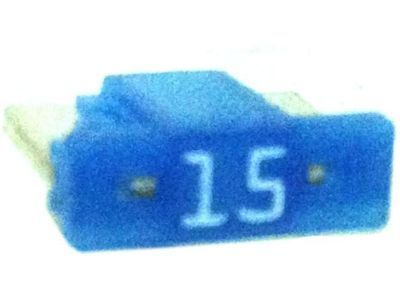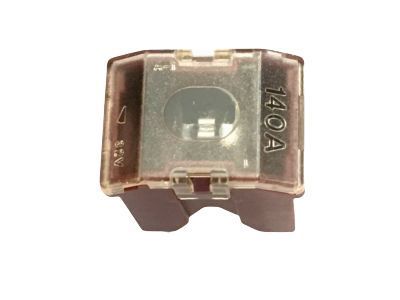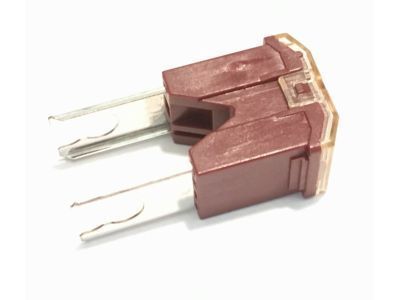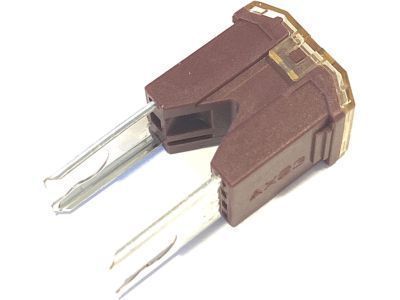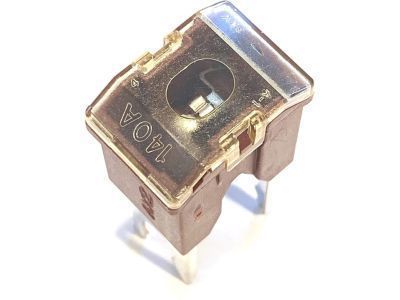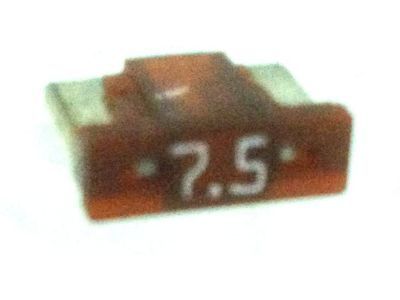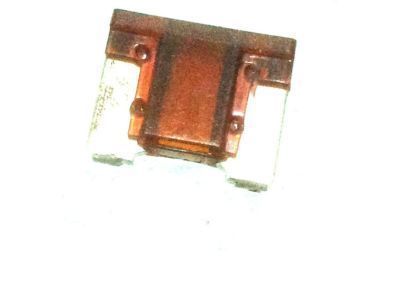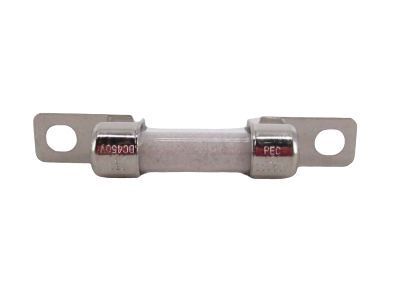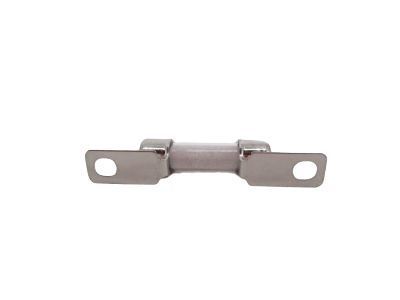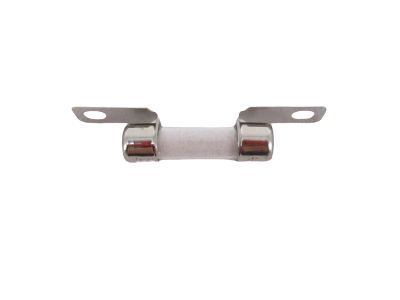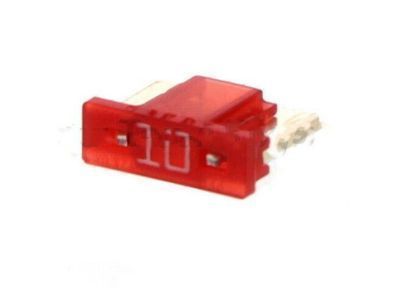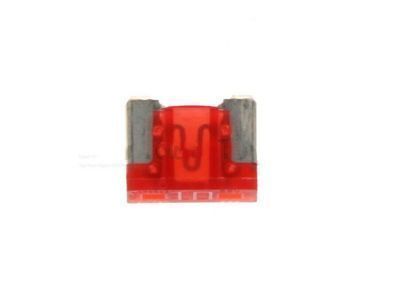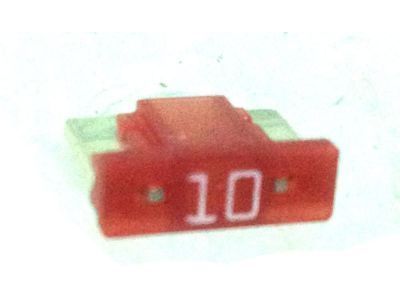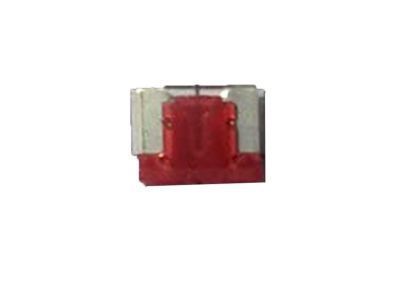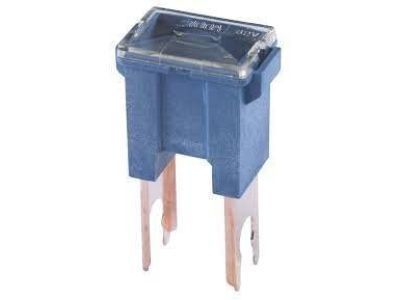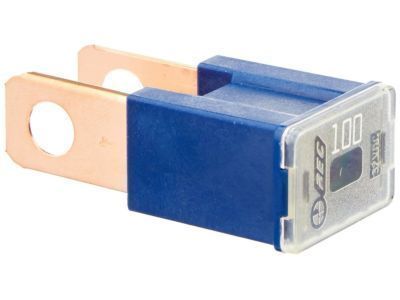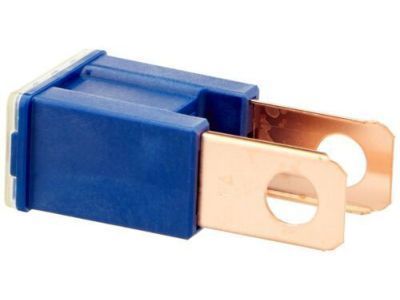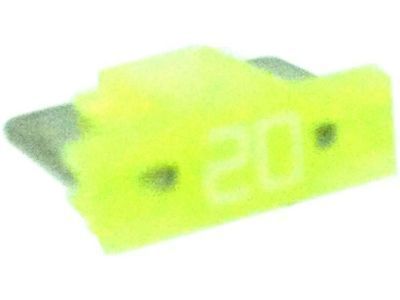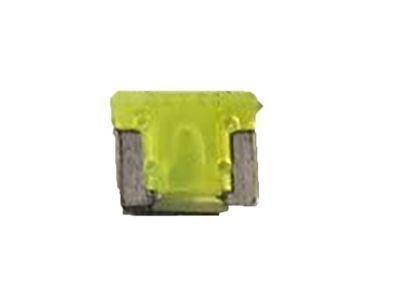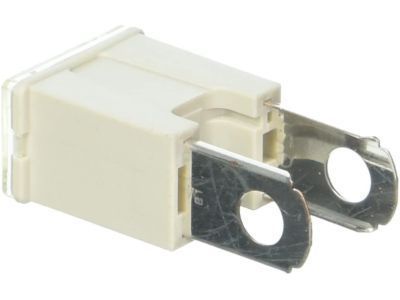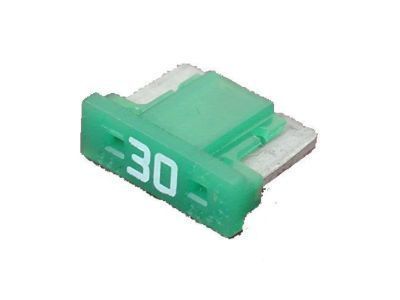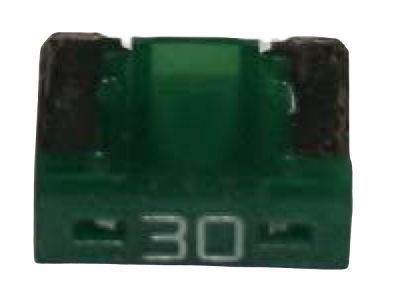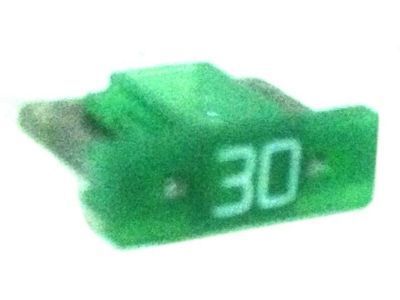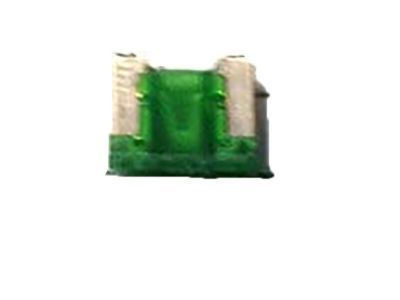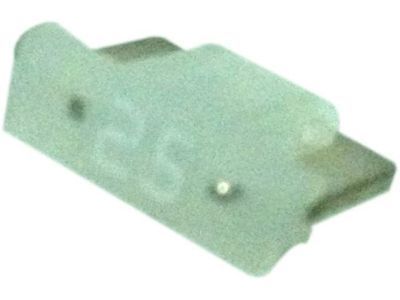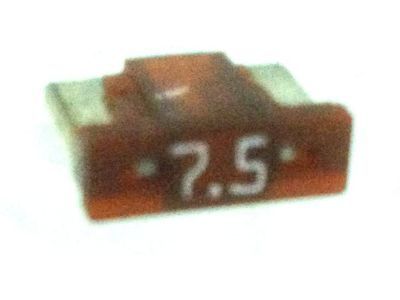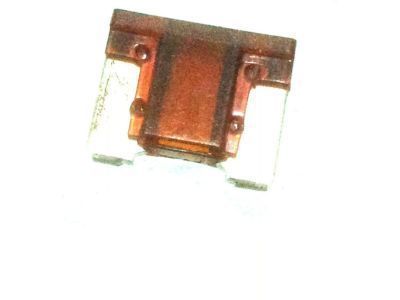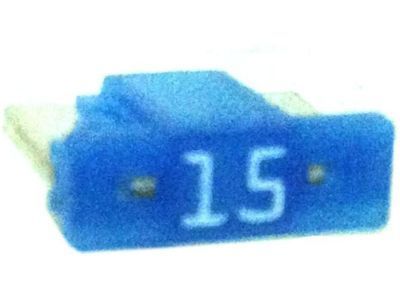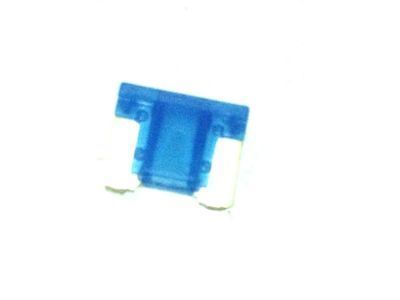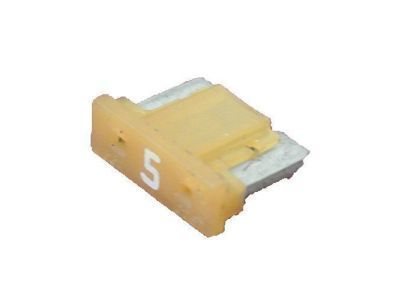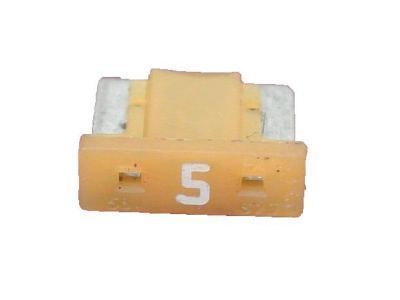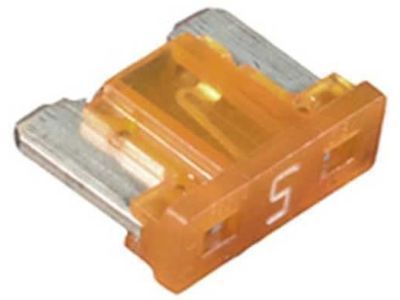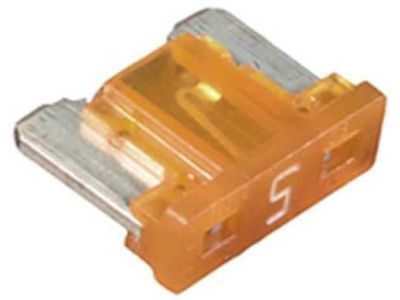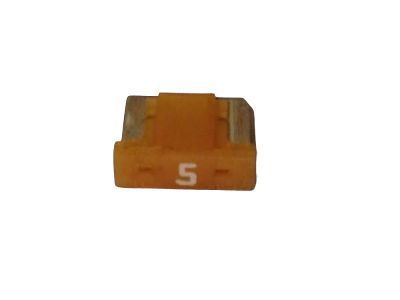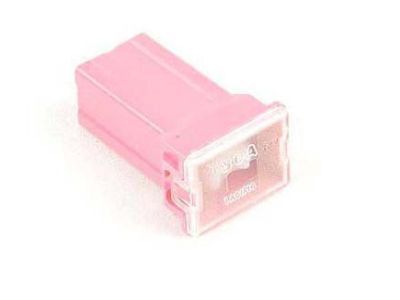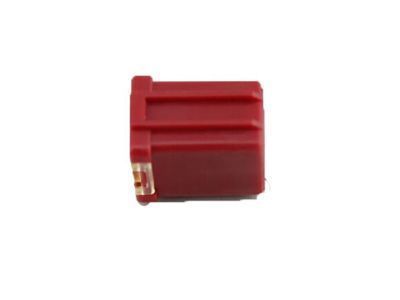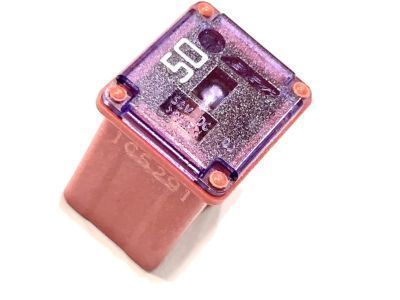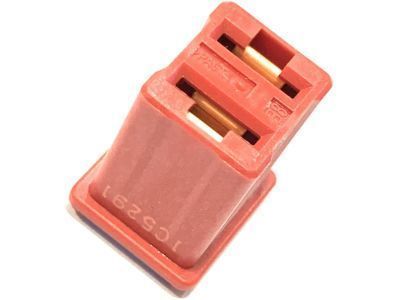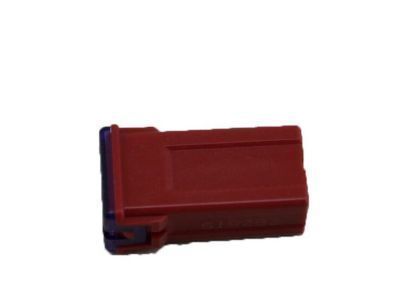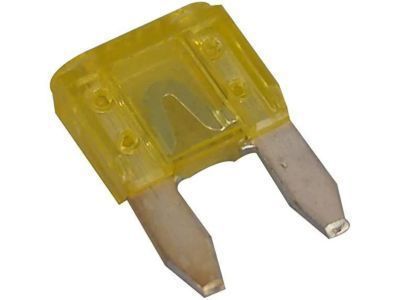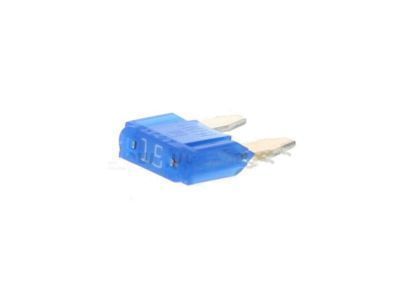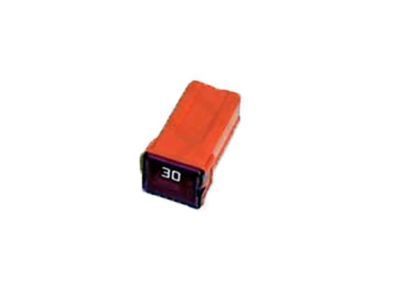

My Garage
My Account
Cart
Genuine Toyota RAV4 Fuse
Circuit Fuse- Select Vehicle by Model
- Select Vehicle by VIN
Select Vehicle by Model
orMake
Model
Year
Select Vehicle by VIN
For the most accurate results, select vehicle by your VIN (Vehicle Identification Number).
40 Fuses found
Toyota RAV4 Fuse, Mini
Part Number: 90982-09022$2.01 MSRP: $2.82You Save: $0.81 (29%)Ships in 1-3 Business DaysToyota RAV4 Engine Room Fusible Link
Part Number: 90982-08286$16.65 MSRP: $23.27You Save: $6.62 (29%)Ships in 1-2 Business DaysToyota RAV4 Fuse, Mini
Part Number: 90982-09020$1.65 MSRP: $2.32You Save: $0.67 (29%)Ships in 1-3 Business DaysToyota RAV4 Engine Room Fusible Link
Part Number: 90982-08246$11.53 MSRP: $16.12You Save: $4.59 (29%)Ships in 1-3 Business DaysToyota RAV4 Fuse, Mini
Part Number: 90982-09023$1.65 MSRP: $2.32You Save: $0.67 (29%)Ships in 1-3 Business DaysToyota RAV4 Engine Room Fusible Link
Part Number: 90982-08274$17.24 MSRP: $24.11You Save: $6.87 (29%)Ships in 1 Business DayToyota RAV4 Engine Room Fusible Link
Part Number: 90982-08203$11.53 MSRP: $16.12You Save: $4.59 (29%)Ships in 1-3 Business DaysToyota RAV4 Fuse, Mini
Part Number: 90982-09025$1.30 MSRP: $1.82You Save: $0.52 (29%)Ships in 1-3 Business DaysToyota RAV4 Fuse, Mini
Part Number: 90982-09024$2.01 MSRP: $2.82You Save: $0.81 (29%)Ships in 1-3 Business DaysToyota RAV4 Fuse, Mini
Part Number: 90982-09019$1.30 MSRP: $1.82You Save: $0.52 (29%)Ships in 1-3 Business DaysToyota RAV4 Fuse, Medium Current
Part Number: 90982-10001$4.75 MSRP: $6.63You Save: $1.88 (29%)Ships in 1-2 Business DaysToyota RAV4 Fusible Link
Part Number: 90982-08202$14.39 MSRP: $20.11You Save: $5.72 (29%)Ships in 1-2 Business DaysToyota RAV4 Engine Room Fusible Link
Part Number: 90982-08296$13.67 MSRP: $19.11You Save: $5.44 (29%)Ships in 1-3 Business DaysToyota RAV4 Fuse, Fuse Block
Part Number: 90982-09009$2.13 MSRP: $2.98You Save: $0.85 (29%)Ships in 1-3 Business DaysToyota RAV4 Engine Room Fusible Link
Part Number: 90982-08285$15.22 MSRP: $21.28You Save: $6.06 (29%)Ships in 1 Business DayToyota RAV4 Fuse, Fuse Block
Part Number: 90982-09010$2.13 MSRP: $2.98You Save: $0.85 (29%)Ships in 1-3 Business DaysToyota RAV4 Engine Room Fusible Link
Part Number: 90982-08295$11.77 MSRP: $16.45You Save: $4.68 (29%)Ships in 1-3 Business DaysToyota RAV4 Engine Room Fusible Link
Part Number: 90982-08283$13.20 MSRP: $18.45You Save: $5.25 (29%)Ships in 1-2 Business Days
| Page 1 of 2 |Next >
1-20 of 40 Results
Toyota RAV4 Fuse
If you are in demand for superior quality and affordable OEM Toyota RAV4 Fuse, then shop with us! We own a wide range of the reduced-priced genuine Toyota RAV4 Fuse. You can purchase in confidence as all parts come with a manufacturer's warranty. Any issues with our products? No need to worry as we have a hassle-free return policy to guide you every step of the way.
Toyota RAV4 Fuse Parts Questions & Experts Answers
- Q: What are the functions and types of fuses, fusible links, and circuit breakers in electrical systems on Toyota Rav4?A:Protection of electrical circuits of the vehicle is provided by fuses, circuit breakers, and fusible links; main fuse/relay panel is mounted in the engine compartment and interior fuse box is on the driver's side of the instrument panel. Several types of fuses are used, small, medium and large and all use the same blade terminal layout, the small fuses require the use of pliers or a plastic fuse extractor to remove. Electrical component often corrodes leading to a failure and in any case of failure, one should first check the fuse which can be done by using a test light where a blown fuse can be decided by checking for power at the terminal tips, moreover, one should be able to identify a fuse that has been blown from the melted element. When replacing fused items, it is important that you use the right fuse because aside from the physical appearance, the standard fuse has a different amperage compared to the electronic fuse. In the case that first changed fuse burns out instantly, there could be a short circuit, which one should thoroughly look into before changing fuses. Select circuits are protected by fusible links, more prevalent in the high-current applications, which can be resoldered after removing the negative cable to ground. Individual circuits such as that for the power windows and heated seats have circuit breakers that automatically reset when they trip; if one does not reset, one needs to check it immediately. For the basic check, it is recommended to use a voltmeter to test if the circuit breaker has battery voltage available at each end of the circuit and some may need to be manually reset.
